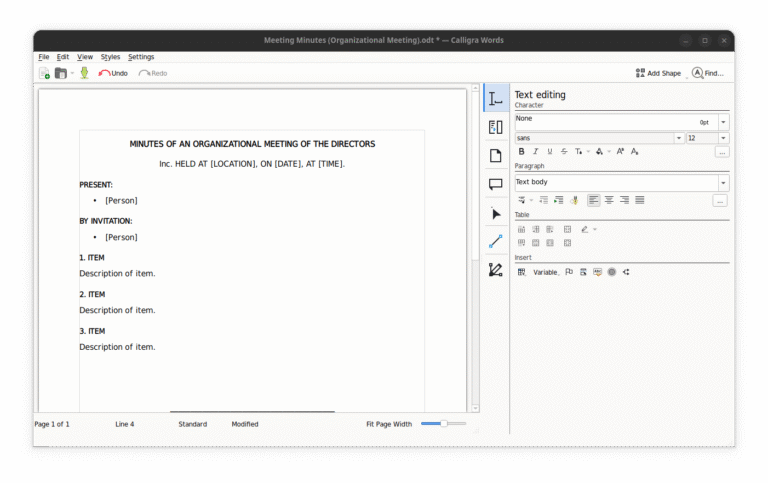The world of work has undergone seismic shifts since the onset of the COVID-19 pandemic, fundamentally altering how companies and employees approach the workplace. Major firms like AT&T, Amazon, Dell, and even the Washington Post have begun issuing return-to-office mandates, demanding that employees transition back to a five-day in-office schedule. As the dust settles from a period where remote work became the new norm, it raises critical questions about the future of workplace dynamics, productivity, and employee satisfaction.
In the aftermath of the pandemic, remote work was initially seen as a strategic advantage for companies operating in a restricted environment. However, recent data indicates that the overwhelming tide of remote and hybrid work opportunities is receding. In 2022, fully remote jobs remarkably constituted approximately one in five job postings on LinkedIn. Today, that statistic has dwindled to just one in twelve, reflecting a broader trend in which businesses are eager to reclaim in-office productivity while grappling with shifting labor market dynamics.
Among hybrid and remote employees, nearly half have expressed that they would be unlikely to remain with their employer if called back to the office on a full-time basis. Some choose to comply minimally with these mandates, a practice dubbed “coffee badging,” where employees briefly appear in the office primarily to meet the requirements without fully engaging in the return. The emotional and practical responses from individuals can greatly vary, with some workers eagerly welcoming the idea of returning to a communal work environment.
Amazon, for example, has faced significant scrutiny regarding its decision to mandate a full in-office return. Some employees report excitement about the opportunity to reconnect in person with teammates, suggesting that certain team dynamics may thrive better in a physical setting compared to virtual platforms. Conversely, others resist the shift, feeling that the enforced in-person requirements undermined the flexibility they enjoyed during remote work arrangements.
So, what compels companies to push for a return-to-office model? A few primary factors stand out. First, many organizations own extensive office spaces that stand underutilized; the return to the office is likely an effort to maximize these corporate real estate investments. Moreover, some leaders believe that employees are generally more productive in an office environment. This perception aligns with the fundamental economic principle that enhanced productivity translates to increased profits and better financial outcomes for companies.
Further complicating the narrative is the prevailing trend of labor market dynamics shifting back toward employers. While the overall employment landscape might still seem robust—characterized by low unemployment rates—there is a growing sentiment that the balance of power is swinging away from employees. Basic economics suggests that as job supply increases, companies may feel less inclined to offer the attractive flexible work incentives they once did.
Interestingly, leadership dynamics play a crucial role in these decisions. Research has shown that return-to-office mandates tend to originate from firms led by male executives who are accustomed to traditional office environments. Often, these leaders express concerns regarding diminished control over their teams when employees operate remotely. With stock market performance pressures compounding the situation, some organizations find themselves looking to place blame on remote work inefficiencies as a justification for instating these mandates.
Return-to-office mandates have notably proliferated in industries such as finance, insurance, and real estate, where over 30% of firms have adopted them. Manufacturing follows closely behind, indicating a pattern where operational models heavily reliant on in-person interactions claim dominance. However, these mandates are simultaneously viewed by many as a subtle means of instituting layoffs under the guise of bolstering teamwork and productivity.
Surveys conducted within executive spheres, such as one by BambooHR, revealed concerning sentiments among leadership, with around a quarter of C-suite executives openly admitting they hoped return-to-office policies would lead to voluntary turnover. Such revelations fuel arguments that these mandates reflect deeper cultural issues within the organizations themselves. Employees increasingly desire to work for companies that exhibit thoughtfulness and deliberate policies, suggesting that the primary issue at hand is not merely about in-office presence but about a fundamental lack of employee-centric strategies.
While the anticipation surrounding five-day in-office policies hints at improved productivity, empirical evidence paints a more complicated picture. A study analyzed post-mandate trends across numerous organizations and found no significant uptick in corporate performance, despite expectations that greater in-office attendance correlates with heightened productivity. It further established that employee job satisfaction tends to plummet following the announcement of such RTO mandates. Although some employees report enhanced collaboration when returning to the office, these positive sentiments don’t outweigh the discontent stemming from stringent attendance policies.
The long-term implications of returning to the office can prove detrimental, with data indicating that rigid mandates often lead to increased employee turnover rates, particularly among high-value talents. The market becomes increasingly fragile, and companies face difficulties in hiring new staff as prospective candidates shy away from firms perceived as overly controlling. The exodus frequently includes skilled workers and women who seek workplaces that prioritize flexibility, understanding, and empowerment over rigid structure and surveillance.
Logistics further exacerbate the complexities of return-to-office strategies, as companies, such as Amazon, navigate challenges associated with workspace allocation and hybrid desk models. Firms may find themselves ill-equipped to handle the sudden influx of returning employees, further impacting workplace morale and satisfaction.
On the other hand, local small businesses reliant on office worker patronage, such as food trucks and nearby cafes, have also felt the weight of declining office attendance. As remote work persists, the health of these small businesses may hang precariously on broader corporate policies aimed at increasing office attendance.
Looking into the future, many analysts suggest that the trend may evolve into hybrid work models rather than strict return-to-office mandates. Companies may adopt strategies that allow for flexibility, including a “team choice” approach where teams self-determine the best practices that suit their work requirements. This option not only promotes trust but also enhances team autonomy, which can counter the dissatisfaction created by rigid in-office attendance rules.
Amid all this, an important trend is the changing demographics within the workforce. As the population continues to age and the pool of available talent contracts, employers are likely to face increasing pressure to innovate and adapt their workplace policies in order to attract and retain quality employees. In light of this reality, organizations that provide flexibility in working arrangements may position themselves advantageously within an evolving competitive landscape.
As businesses grapple with the complexities of re-integrating office work while maintaining employee engagement and satisfaction, it becomes increasingly apparent that a one-size-fits-all solution is unrealistic. The array of factors influencing return-to-office decisions—from economics to leadership psychology—illustrate that creating a work environment that thrives in both physical and virtual spaces will require careful consideration and authentic commitment to employee needs and preferences. Beyond merely fulfilling the demands of the workplace, sustaining a successful post-pandemic work culture will hinge upon organizational awareness, strategic agility, and a profound understanding of the multifaceted nature of worker dynamics in an ever-shifting labor market.



